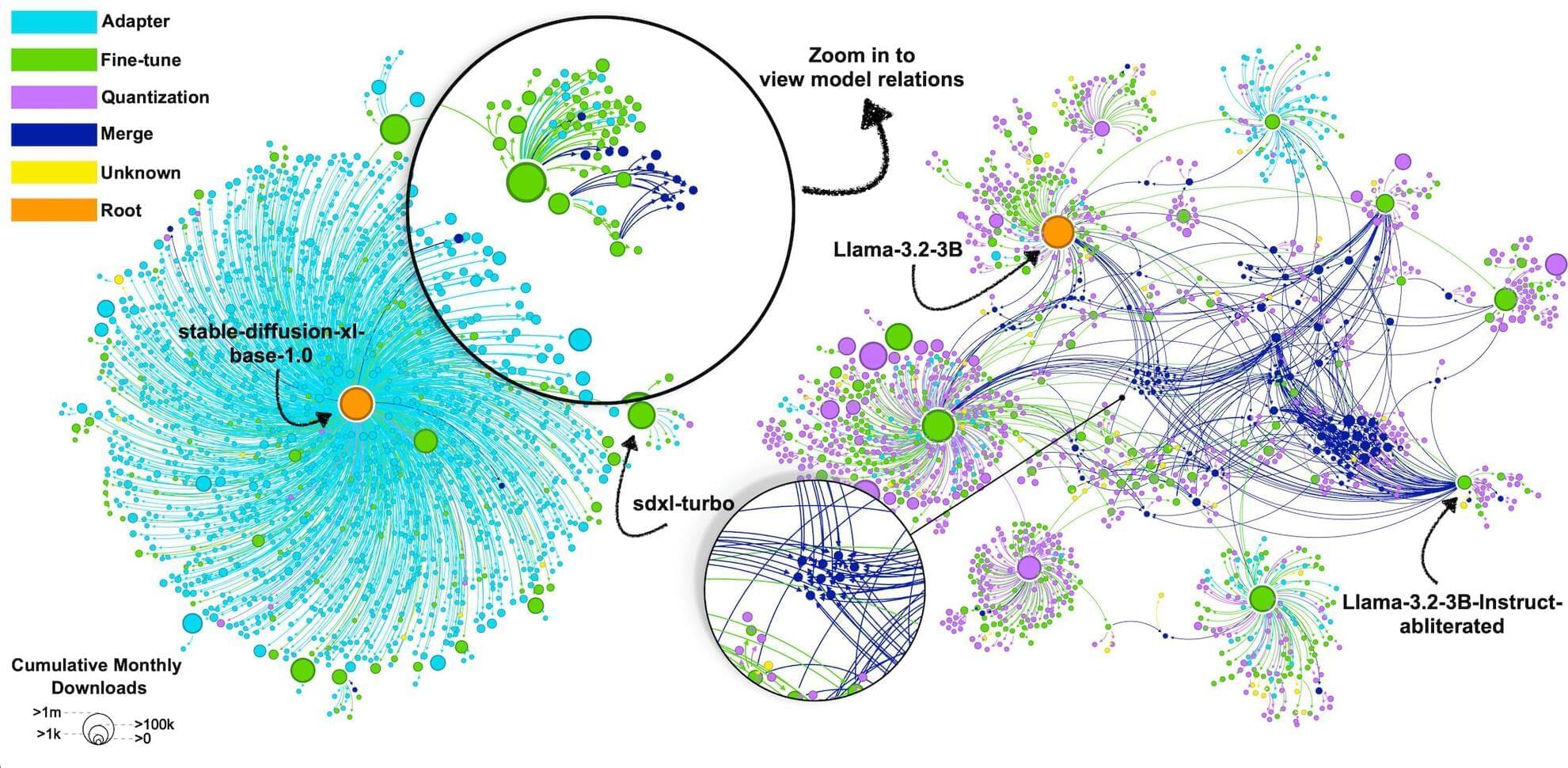An interactive visualization and analysis tool for exploring large-scale AI model repositories. The atlas maps model relationships, and helps identify trends and fill in undocumented regions using structural patterns in the data.



Join the free, hour-long Journal of Virology Seminar Series webinars, where authors will present their recently published Journal of Virology® (JVI) articles and share the story behind their research with the wider academic community. Presentations are followed by an open forum panel discussion with all speakers and participants. JVI editors will moderate the sessions, including the discussion and live Q&A.
Join us for the second webinar in the Journal of Virology Seminar Series, where we’ll explore the New York City Virus Hunters community science initiative. Christine Marizzi, Ph.D., and Phillip Meade, Ph.D., will introduce this exciting program, which brings together community scientists, veterinarians, wildlife rehabilitators and virologists to generate actionable data in urban areas and help prepare for future pandemics.
During the seminar, the New York City Virus Hunters team will share their latest findings on avian influenza in the city’s wild bird population. Program alumni Kailani Gaynor and Sadia Choudhury will also discuss their experiences as youth researchers. Don’t miss this opportunity to connect and learn about the critical role of community science in virology.


Artificial intelligence can transform medicine in a myriad of ways, including its promise to act as a trusted diagnostic aide to busy clinicians.
Over the past two years, proprietary AI models, also known as closed-source models, have excelled at solving hard-to-crack medical cases that require complex clinical reasoning. Notably, these closed-source AI models have outperformed open-source ones, so-called because their source code is publicly available and can be tweaked and modified by anyone.
Has open-source AI caught up?

The mass extinction that ended the Permian geological epoch, 252 million years ago, wiped out most animals living on Earth. Huge volcanoes erupted, releasing 100,000 billion metric tons of carbon dioxide into the atmosphere. This destabilized the climate and the carbon cycle, leading to dramatic global warming, deoxygenated oceans, and mass extinction.
However, many plants survived, leaving behind fossils which scientists have used to model a dramatic 10° rise in global temperatures.
“While fossilized spores and pollen of plants from the Early Triassic do not provide strong evidence for a sudden and catastrophic biodiversity loss, both marine and terrestrial animals experienced the most severe mass extinction in Earth’s history,” explained Dr. Maura Brunetti of the University of Geneva, lead author of the article in Frontiers in Earth Science.



FIND US
Website ► https://med.nyu.edu/research/parnia-lab/
Instagram ► https://www.instagram.com/nyugsom_ccrs/
X ► https://twitter.com/nyugsom_ccrs.
GET INVOLVED IN OUR RESEARCH
Have you had a recalled experience of death?
We want to hear from you ► https://med.nyu.edu/research/parnia-lab/survivorship-psychol…iac-arrest.
Caring for a person with dementia?
Learn more about our lucidity in dementia study ► https://med.nyu.edu/research/parnia-lab/consciousness/consci…l-lucidity.
LEARN MORE

Inverted Vulnerability Artwork by @nichenovus.
Assets — ruihuang_art @kitbash3d @nichenovus.
Join Our Science Fiction Community Follow 👉@futuristic_fantasy_33 Follow 👉@nichenovus.
📽️Credits: @nichenovus All credits and rights are reserved for @nichenovus DM for removal.